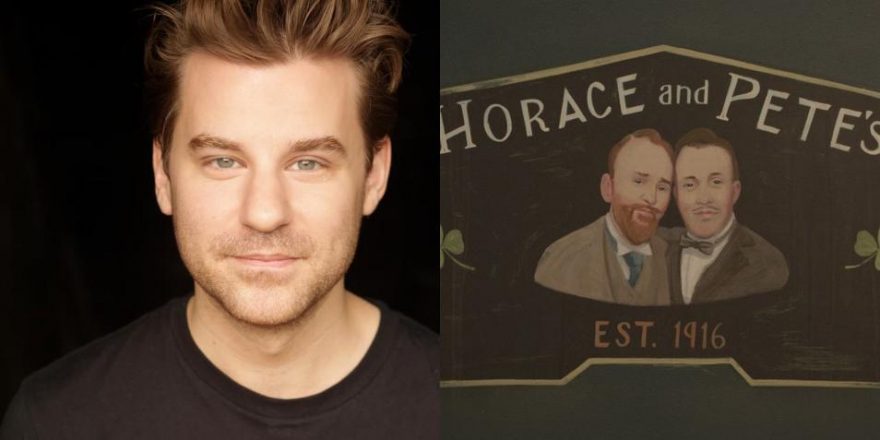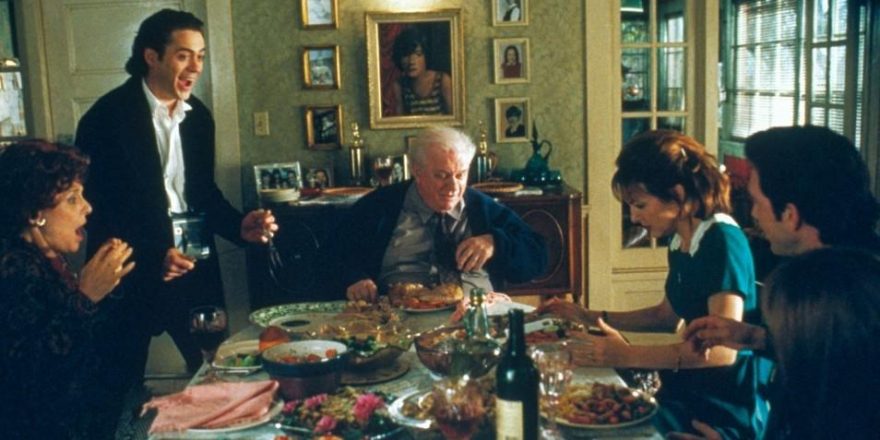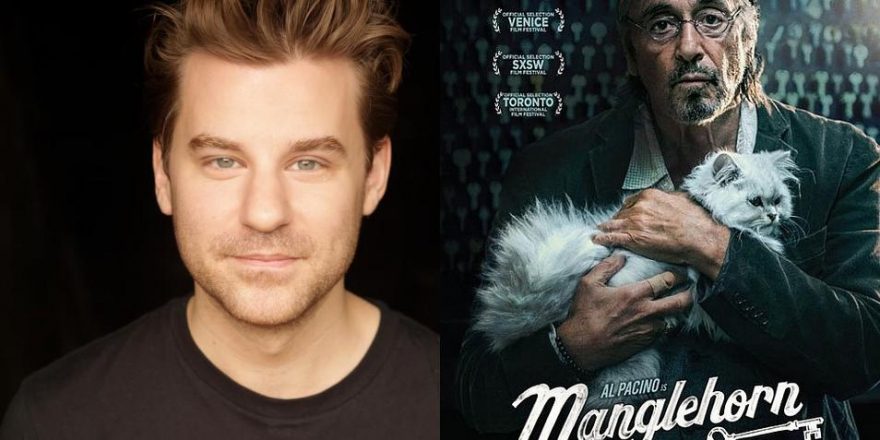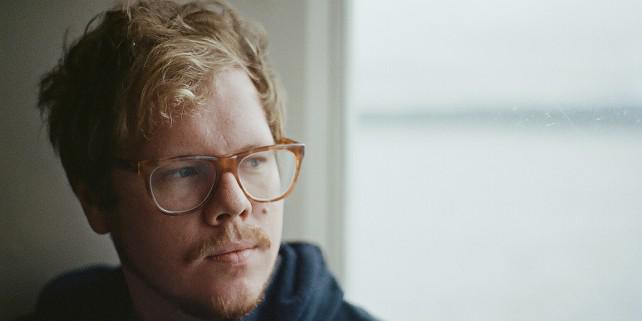As with a masterwork of any art form, it is impossible to know where to begin with Louis CK’s galvanic, unprecedented web series Horace and Pete. For the past 15 or 20 years, Louis CK has been at the forefront of experimental storytelling, delivering Chekhovian character pieces inside shockingly fresh formal packages, a combination that, more than most “television,” gives actual credibility to the film vs. TV argument, an age-old discussion, boring as hell, with a currently obvious victor. Until TV in the traditional mode can move past its made-by-committee origins, its obsession with multi-camera coverage (options are overrated), and its traditional Editor’s Cut → Director’s Cut → Producer’s Cut → Studio Cut pathway, it will never achieve the purity of film, painting, literature or music. It’s getting there, but I’m not sure it’s close. Enter Louis CK, working closely with trusted collaborators, but in the spirit of a painter in his studio. Costs are down, creative control is up. CK is a collaborator and an auteur at once, and a shrewd businessman to boot. As a result, within his web-based self-distribution model, he’s creating the most exciting film and TV to be found anywhere.
Horace and Pete tells a story at once purely simple and infinitely complex, about a 100-year-old bar and its employees and patrons. First and foremost are brothers and co-owners Horace (CK) and Pete (a heartbreaking Steve Buscemi); their Uncle Pete (a pitch perfect Alan Alda), the racist, politically incorrect, foul-mouthed bartender; and Horace and Pete’s sister, Sylvia (Edie Falco, continuing to show she’s one of our greatest actresses). Throughout the first three episodes, we are introduced also to several richly drawn supporting characters, including Jessica Lange’s saucy and tragic Marsha, Steven Wright’s strangely moving, stoic Leon and secret weapon Aidy Bryant as Horace’s daughter, Alice. And then there’s the grenade that is Laurie Metcalf, tossed into the show in its third episode, exploding the narrative in new, painfully human ways. There is a plot, sure: Sylvia wants the bar – a traditional, misogynistic blot on the family – to finally close, so she and her family can reap the benefits of gentrification. The men, however, are stuck in time and tradition, refusing to budge, insisting on continuing to operate in the way they have for years. There are also multiple romantic subplots involving the slow-mo rotating door of women in and out of Horace and Pete’s lives. The plot itself is there, and impressively sturdy, but the life of the thing comes from the polyphonic portrait of lonely souls just trying to make it to the next day. It’s a testament to CK’s astonishing talents that each and every character on this show, shot midweek in the manner of a live, in-the-moment stage play and posted on CK’s web site a couple of days later, seems to fully exist in our real world, fueled by a narrative that avoids cliché at every turn.
The whole show swings constantly between artificiality and the deepest, most authentic documentary.And then there’s the form of the show, to these eyes a true aesthetic miracle, a visionary hybrid that combines theatre, TV and film, the old and the new, into one invigorating, fresh whole. There is the single-camera stage of old school sitcoms, but the vibe of the thing takes us also into American Playhouse territory, into Altman’s filmed theatrical experiments, with a naturalism that transcends the proscenium, evoking the multiple dimensions of our greatest cinema and literature. An experiment for the sake of itself is one thing, but to stumble into a form that actually deepens a narrative, its characters and the writing, is something else entirely. The script combines the best of Louis CK himself, the aforementioned Chekhov, contemporary theatre (the great New York-based playwright Annie Baker is a consulting producer on the series) and Eugene O’Neill, and the dialogue feels both self-conscious and completely organic to the wandering characters of the piece. Indeed, the whole show swings constantly between artificiality and the deepest, most authentic documentary. In that sense, Louis CK is simultaneously proving himself to be the closest thing we have to…who? An American Chekhov, Ingmar Bergman, Jean Renoir? An American Alain Resnais, certainly (God, I wish he could have seen this – he would have loved it). All of the above? How the hell is this happening? What an artist.
There is something of Andy Warhol, Paul Morrissey and the Factory, too, in the show’s gaze, and its inherent trust in and love for the human performer (as opposed to the character), and, on a larger level, a trust in and love for the recorded human experience as sufficient in and of itself. Some of the most surprisingly poignant moments on the show are when a great actor subtly flubs a line, or a lav mic rubs up against someone’s clothing, moments CK could “fix” but chooses not to. Combined with the old-school sound stage look of the piece, it’s downright revolutionary.
Independent film today seems to be aiming for a Vimeo Staff Pick, an unfortunate stamp that’s become not only an aesthetic standard – the “cinematic” equivalent of The Perfect Instagram Filter – but a professional one, reserved only for the slickest, most polished or most superficially degraded retro-image. The Vimeo Look may very well be the last straw in early 21st-century image-making, possibly and ironically the very thing we need to come in to gut and help destroy cinema so it can begin anew, either via digital or old-school cinematic means. This is not to say that similar “looks” aren’t achieved by great artists out of organic intent. It’s just that, for the most part, we live in the age of the quick look, and it typically results in images that are unimaginative and devoid of meaning. By scraping away the numbing aestheticization and over-planned polish of the laziest contemporary digital cinema, and embracing motion-picture photography at its most elemental level, CK has reminded us of what is possible when we let ourselves start from scratch and tell stories in new ways. In that sense, this (thus far) anti-redemption story is shockingly, movingly redemptive as an aesthetic object; rejuvenating, even.
As a filmmaker with roots in performance and theatre, I’m often perturbed when my movies are occasionally compared to plays. In a recent Reverse Shot interview with Eric Hynes, I mentioned the two-way street that takes us not just into the theatrical qualities of cinema, but back into the cinematic qualities of theatre. The forms can, and should, speak to each other. Leave it to Louis CK to, like Resnais before him, embrace both sides of the street and take us into a whole new world. Leave it to Louis CK to save cinema – whatever that means – with a goddamn web series.







